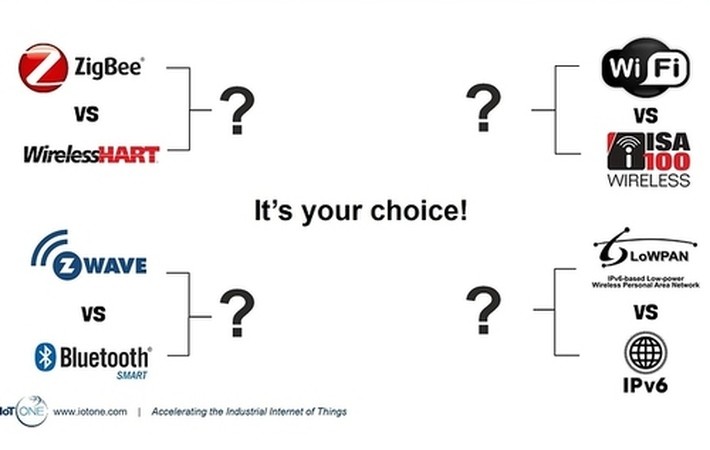
Published on 04/28/2016 | IoT Index
Ethernet has been the local-area network (LAN) of choice for decades, and it dominates. Conservative engineers preferred the use of hardwired equipment using cables to ensure reliability in a noisy, interference-prone harsh environment. But wiring is expensive and has other disadvantages.
Although wireless technology is a relative newcomer to the industrial scene, improved wireless techniques and equipment make it a suitable medium for even critical industrial applications.
Today, wireless is widely accepted as the technology for connecting sensors, actuators, controllers, computers, and data acquisition systems. In fact, modern factories, process control plants, and similar industrial facilities have been covered with multiple networks, including wireless.
Wireless offers significant benefits to industrial connectivity.
It is time-critical, offering improved response time in some cases over wired solutions.
It eliminates the endless problems with cables and connectors that are common failure points in industrial settings.
Wireless devices can usually be installed and provisioned in minutes.
Wireless devices can be easily monitored or controlled via the Internet and cloud.
Today, wireless devices are very power efficient, extending battery life to years. In addition, solar power is possible in many applications, and other energy harvesting techniques such as vibration are being adopted.
Industrial wireless protocols are developed with features like noise-mitigating techniques, security and low latency for highly deterministic applications.
Which is the most used Industrial Wireless Protocol on that market based on your experience?
IoT ONE Protocol Profile:
ZigBee WirelessHART Z-Wave Bluetooth WiFi ISA100 6LoWPAN IPv6